
Kefir has a very vivid history of origin and the aura of a wonderful product. Not surprisingly, other qualities are mixed with real healing properties in the collective consciousness: for example, fast and painless weight loss without negative consequences. We understand what kefir is really good at and we study kefir diets from all sides in search of pros and cons.
History of kefir
Just imagine: in the glass of kefir you drink today, there is a trace of the drink that was drunk hundreds of years ago.
Kefir was made from cow's milk, which obtained "fungi" from streptococci and rods, acetic acid bacteria and yeast. Most likely, according to researchers, this mushroom originated from koumiss, a drink made from mare's milk, and found its way into cow's milk when the Caucasian tribes changed their nomadic lifestyle to sedentary and began farming. Scientists have not yet managed to artificially remove the kefir fungus, new portions of the yeast are obtained by reproducing existing fungi.
Now kefir is drunk everywhere, from Kazakhstan to Australia, but specific bacteria in the basis of a modern product can be traced to a specific place, the region of Elbrus. People living on the northern slope of the Caucasus ridge considered kefir a gift from Allah himself, so the drink was surrounded by special rituals and superstitions.
For example, it was forbidden to sell kefir mushrooms, it was believed that this would take away their healing power. But they could be stolen - with the tacit permission of the owner.
Another ritual: the mountaineers pour milk with kefir mushrooms into a leather bag and place it in the sun, next to the path to the house. Passers-by could show respect to the owner by kicking the bellows - shaking made the fermentation process more intense.
The first official announcement of the benefits of kefir was made by the Tiflis physician Yogin in 1867. But the production of the drink at that time is still a carefully kept secret of the mountaineers. The situation has changed thanks to an employee of a well-known large dairy company. By appointment, she visited the estate of rich Karachay and received - for the first time in history - 10 pounds of kefir fungal "grains" either as a gift or as legal compensation for unsuccessful courtship. So kefir finally began to be produced industrially.
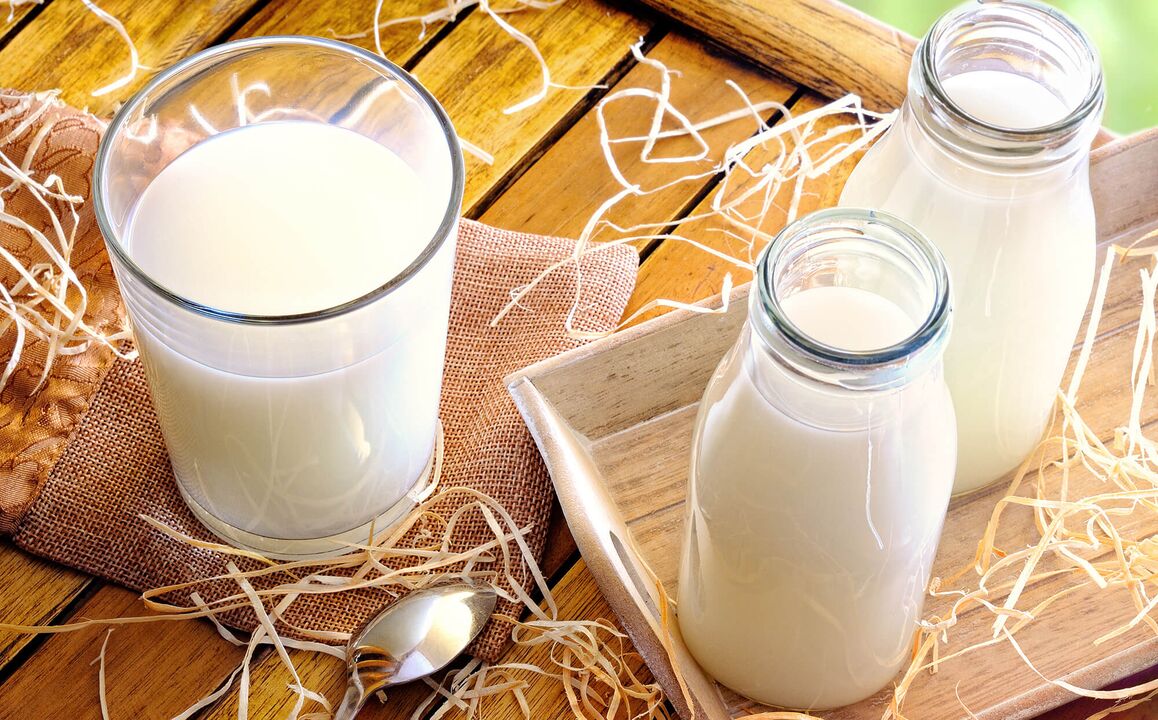
The benefits of kefir
As early as the end of the 19th century, doctors began a real large-scale campaign to promote the benefits of kefir, the echoes of which still affect us. The legendary Nobel laureate has been studying the benefits of fermented dairy products and live probiotic microorganisms throughout his life.
Further research confirmed his assumptions. Kefir has a beneficial effect on the intestinal microflora and metabolism in general, preventing the development of pathogenic flora. In addition, it has an immunostimulating, calming and mild diuretic effect, ie it frees the body from excess fluid.
Kefir is superior to yogurt in terms of vitamins A, D, K, E, contains useful organic and amino acids, enzymes and important trace elements - iron, iodine, calcium, potassium, sodium, magnesium, phosphorus, zinc - in quantities that a person needs.
The older the kefir, the more sour its taste and the more ethyl alcohol it contains. In any case, there is not much of it: until the end of the shelf life, a maximum of 1 degree of strength, it is safe to get behind the wheel even after a whole bottle of kefir. But children still need to eat fresh kefir for a day.
For people with lactose intolerance, kefir helps in the normal absorption of this carbohydrate. Kefir contains few calories and a lot of moisture, so it helps maintain water balance and at the same time brings a feeling of satiety. Not surprisingly, the product has become the basis of a whole galaxy of diets.

The essence of the kefir diet
Kefir is nourishing and light, improves the work of the digestive tract and helps to lose weight quickly, drastically reducing the amount of calories consumed and removes excess fluid. Many consider the kefir diet to be a monodiet, ie a diet made from one product, but this is the most radical option: it is permissible to eat only kefir without harm to health for a maximum of 24 hours. Much more often kefir is combined for 3, 7 or 9 days with other low-calorie foods. The kefir-buckwheat diet, the kefir-banana diet, the kefir-boiled diet and the cucumber and kefir diet are especially popular.
Kefir, by the way, was famous for the famous kefir diet of a popular singer: the story is silent whether a really famous singer used it, at some point in her career she really lost a lot of weight. The star diet menu includes, of course, kefir, as well as low-fat cottage cheese, chicken breasts, fruits and potatoes.
Kefir diet for weight loss is certainly appropriate. But it severely limits the supply of nutrients, is based on hunger and puts the body in a state of severe stress. Is the result worth it? Here is how they write about the kefir diet on the net:
- "Minus 12 kg in 3 weeks. I lost weight, but I will never do it again !!! I thought I was going to starve. "
- "Kefir diet is effective if you follow it properly. But without exercise the effect will not be. You should at least do some exercises. Try to drink only kefir for 1 day. If you do not feel well, it is better to stop. . . "
- "A week without food. Generally. One kefir and water. The consequences came. Probably the heaviest of all the diets I've tried. "
General rules for the kefir diet
- Kefir is the main product of the diet. You should drink about 1, 5 liters per day. The rest are low-calorie low-fat carbohydrates and proteins: meat, fish, vegetables, fruits and cottage cheese.
- You should eat small portions at least five times a day.
- Between main meals you can drink kefir as a snack.
- Despite the fact that kefir quenches thirst well, you need to drink at least 1, 5 liters of water a day.
- All flours, fatty, heavy, fried and spicy foods are excluded. Sugar and salt are kept to a minimum (or it would be better to exclude them altogether).
- Getting out of the kefir diet should be done carefully and smoothly: going to a party or eating pizza is not the best idea if you want to keep the results.

How to choose the right kefir
Choose fresh kefir - no more than 2-3 days from the date of production - low fat. Completely skimmed food is not the best choice because the body needs fat.
The composition must contain exactly the "kefir leaven" of mushrooms, yeast and fermented milk cultures. Do not buy kefir or fermented milk drinks.
The protein in the right kefir is not less than 3% - it is necessary so that you do not lose too much muscle mass when losing weight.
Please note: we do not need additives, colorants, sugars, palm oil and milk powder in the composition. The ideal is farm kefir.
The shelf life of natural kefir is 7-10 days from the date of manufacture. If a longer period is indicated on the label, preservatives are likely to be present. Do not buy kefir, which has deteriorated before: it breaks down into whey and flakes, becomes yellowish and has a bitter taste and sour aroma. Unscrupulous manufacturers can try to cover up the damage with an opaque bottle or packaging.
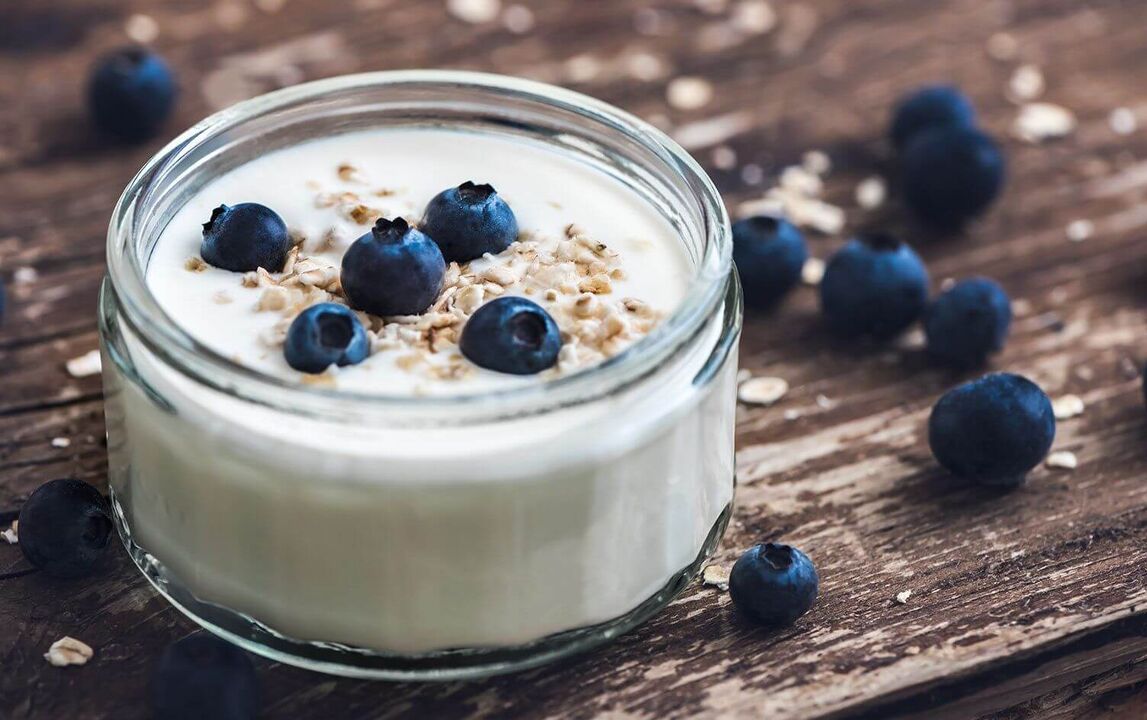
How can you replace kefir in your diet?
If for some reason kefir is not available to you or the taste does not suit it at all, you can try alternatives:
- Yogurt without additives.Choose a product carefully, for taste and thickness it is often added starch and sugar.
- Other fermented, low-fat dairy products- for example fermented baked milk, tan or kefir.
- Yoghurt.It's easy to make at home: just leave the milk in an enameled container at room temperature for a day.
Table of approved products
| I can | Forbidden |
|---|---|
|
|
Kefir diet for 3 days
If we discard the monodiet of kefir, the most difficult option for the body, the kefir diet for 3 days will be the strongest in terms of effect on the body. If the time is short, it will help you quickly attack the weight and shock.
The general principle is one: about 1, 5 liters of kefir per day for 5-6 doses. In addition, other low-calorie foods are acceptable. The most popular options are buckwheat, cottage cheese, apples, vegetables. You can alternate kefir with only one product - apples, for example. But it is better to make your food, even on a diet, as varied and interesting as possible.
For example, the kefir diet menu can be as follows:
Day 1
- breakfast:oatmeal, tea with honey.
- Dinner:stew, vegetable soup.
- Dinner:lettuce.
- snacks:kefir.
Day 2
- breakfast:boiled egg, rosehip broth.
- Dinner:salad, vegetable soup.
- Dinner: vegetable salad, tea.
- snacks:kefir.
Day 3
- breakfast:casserole with cottage cheese, tea.
- Dinner:boiled fish, salad.
- Dinner:buckwheat porridge, chamomile tea.
- snacks:kefir.

Kefir diet for 7 days
Kefir diet for a week allows you to achieve impressive results: minus 7-10 kg. As it lasts longer, it is important to eat as varied as possible.
One of the diet options is supposed to combine kefir with only one low-calorie product, such as apples, but you can simply stretch the three-day diet for a week by eating "porridge for breakfast, protein and vegetables for lunch and dinner, kefirbetween them.
Sample menu:
- Day 1:Divide into 5 portions about 200-250 g of cooked lean meat and 1. 5 liters of kefir.
- Day 2: 5 large apples and 1, 5 liters of kefir per day.
- Day 3:300 g of cottage cheese 3-5% fat and 1, 5 liters of kefir.
- Day 4:250 g of stewed white fish and 1. 5 liters of kefir.
- Day 5:500 g of cucumber and tomato salad and 1, 5 liters of kefir.
- Day 6:250 g chicken fillet and 1. 5 liters of kefir.
- Day 7:2 liters of kefir and prunes to taste.
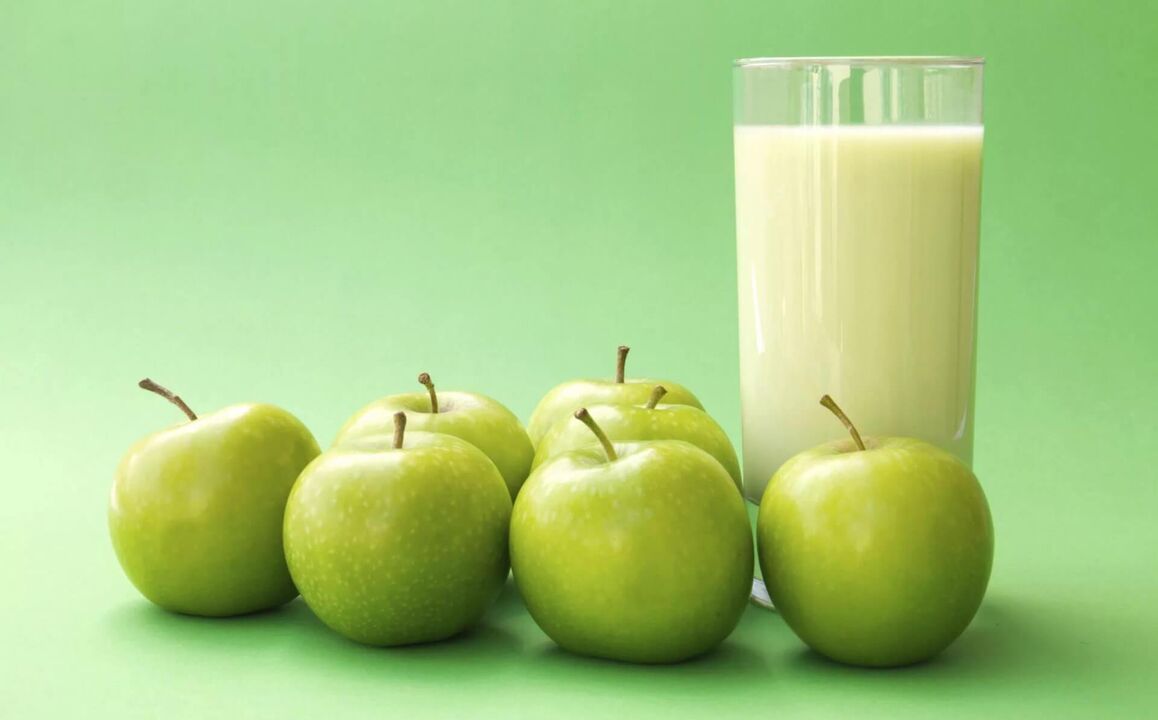
Kefir diet for 9 days
Option for the most persistent. Eating only meat or cottage cheese every day is boring, but in order not to prepare something new every day, take the menu for 3 days as a basis and alternate it. For example, like this:
Day 1, 4, 7
- breakfast:oatmeal, egg, tea with honey.
- Dinner:stew, lettuce.
- Dinner:vegetables, dried fruits.
- snacks:kefir, apples.
Day 2, 5, 8
- breakfast:toast and rosehip broth.
- Dinner:boiled fish with vegetables.
- Dinner:apple, a slice of low-fat cheese.
- snacks:kefir, cottage cheese.
Day 3, 6, 9
- breakfast:steamed omelet, green tea.
- Dinner:chicken soup, salad, slice of black bread.
- Dinner:stewed fish, buckwheat porridge.
- snacks:kefir.
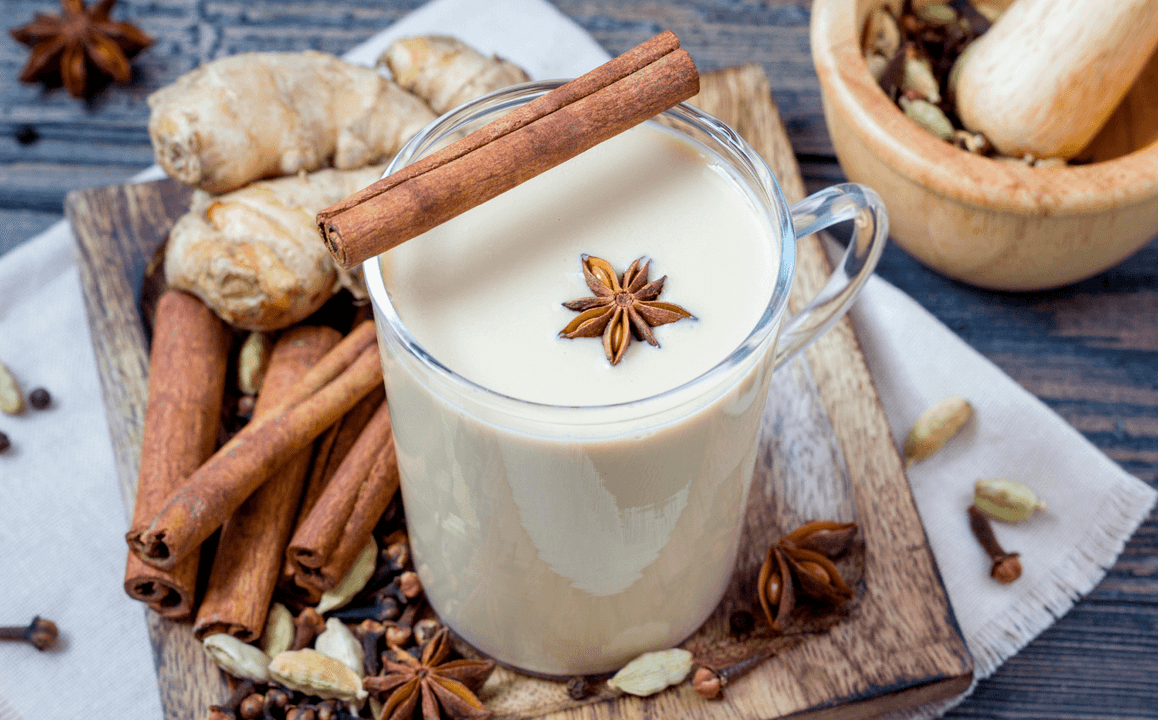
Recipe: Kefir with cinnamon and ginger
First of all, as a rule, those who lose weight on kefir do not have enough sweets. A simple recipe will help: add cinnamon and ginger to kefir. Ginger has warming and fat-burning properties, while the smell and taste of cinnamon are pleasantly sweet. The finished mixture can be drunk in the morning, for vigor, at night to start the process of eliminating errors in the work of the digestive tract, or you can take it with you on the road.
Ingredients:
- kefir 500 ml
- ground ginger 1 tsp
- ground cinnamon 1 tsp
- Other spices: cloves, black pepper.
Mix the kefir with the spices using a stirrer or blender and pour into small bottles. The drink should be drunk on the same day. Be careful with peppers and other brightly colored spices if you have a sensitive stomach or damage to the intestinal mucosa.
How to properly end the kefir diet
Nutritionists warn: kefir diet is suitable for absolutely healthy people without problems with the gastrointestinal tract and the slightest signs of eating disorders.
And even they may experience unpleasant symptoms such as stomach pain and will almost inevitably regain the weight they have already lost, as is the case with any high-pressure diet that is effective in the short term.
In order not to regain weight immediately, get out of the diet smoothly. Continue to eat in portions and limit your total calorie intake to 1000-1500 kcal for at least a week. Continue to drink at least 1. 5 liters of water a day and avoid starchy foods, heavy foods and fatty foods for at least 2 weeks. The basis of the diet is better to make light soups, vegetable salads, cereals and cooked meat. Enter the remaining products gradually, one product every 2-3 days.
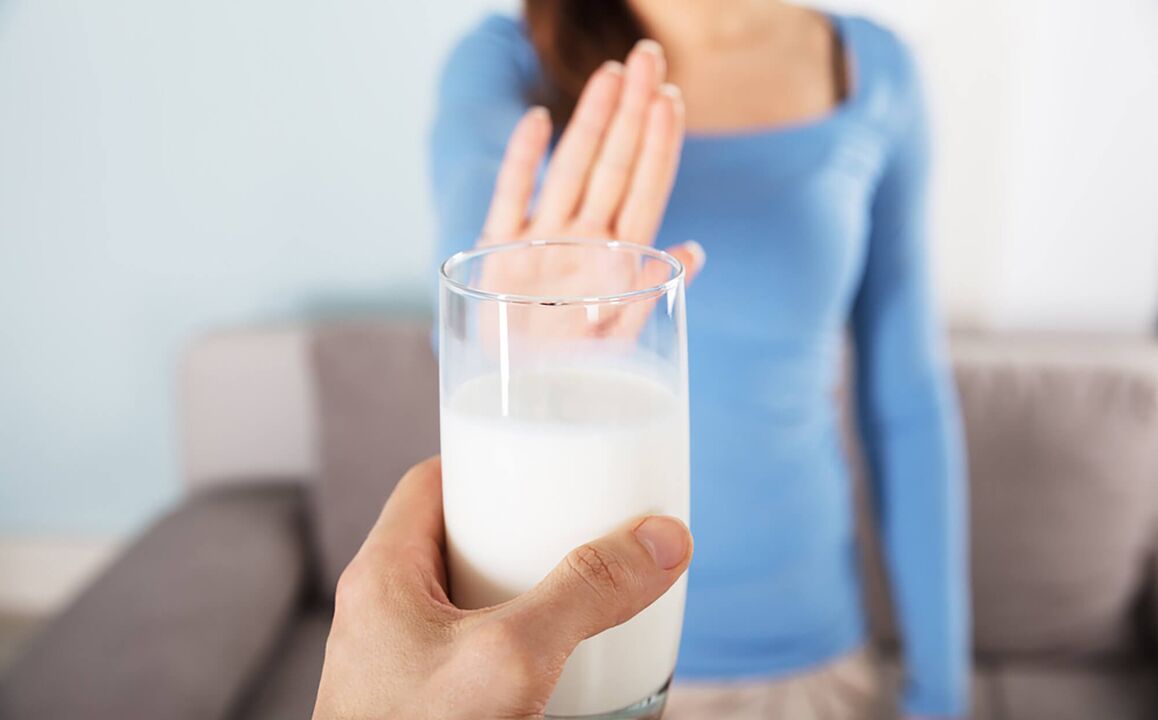
Why the kefir diet is bad
Any diet that severely limits dietary diversity simply cannot be beneficial in the long run. Kefir diet for every day is definitely not suitable. There are three categories of people to whom it can do more harm than good.
- People with disorders and diseases of the gastrointestinal tract, kidneys, lactose intolerance. Kefir can cause diarrhea and dehydration, stomach pain and flatulence. The ethyl alcohol in the composition is also harmful to the intestinal mucosa.
- Children, pregnant and lactating women. A variety of foods is vital to them. To deprive the body of fats and carbohydrates, even for a few days, means to suppress development and growth.
- People with eating disorders. Let's be honest, few people are enthusiastic about the taste of kefir without additives. You will literally have to force yourself to drink it. If this lasts more than a few days, the probability of damage increases exponentially.
Pros of the kefir diet
Simplicity, efficiency, lots of fluidity. Potential benefits for the gastrointestinal tract and microflora. The large amount of calcium has a beneficial effect on the condition of bones, nails and teeth.
Disadvantages of the kefir diet
Stress for the body from nutritional deficiencies, lack of vitamins and taste. Possible indigestion, flatulence, constipation or diarrhea, stomach discomfort. Increased acidity of the product can worsen the condition of people with gout, rheumatism and increased acidity of gastric juice.






























